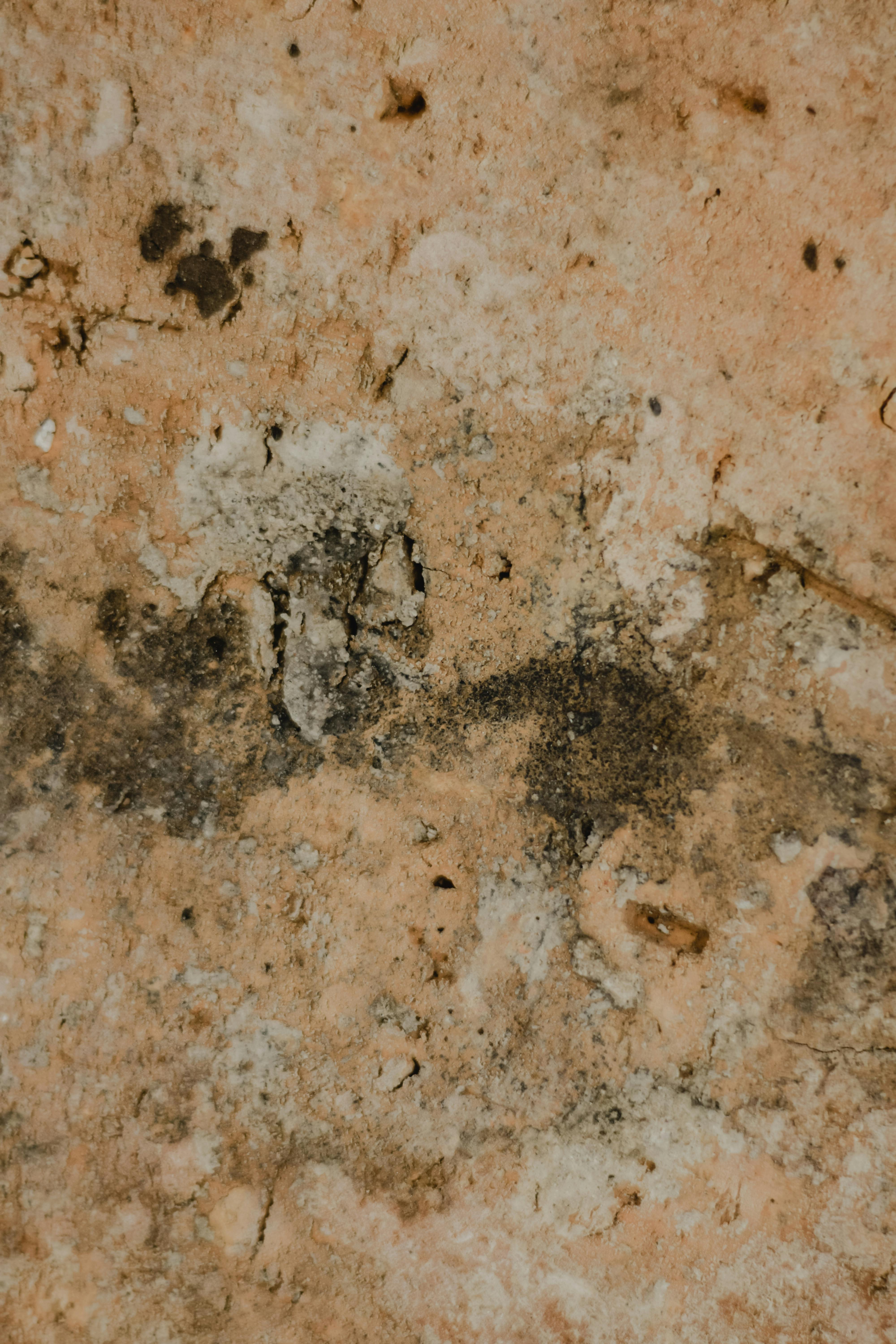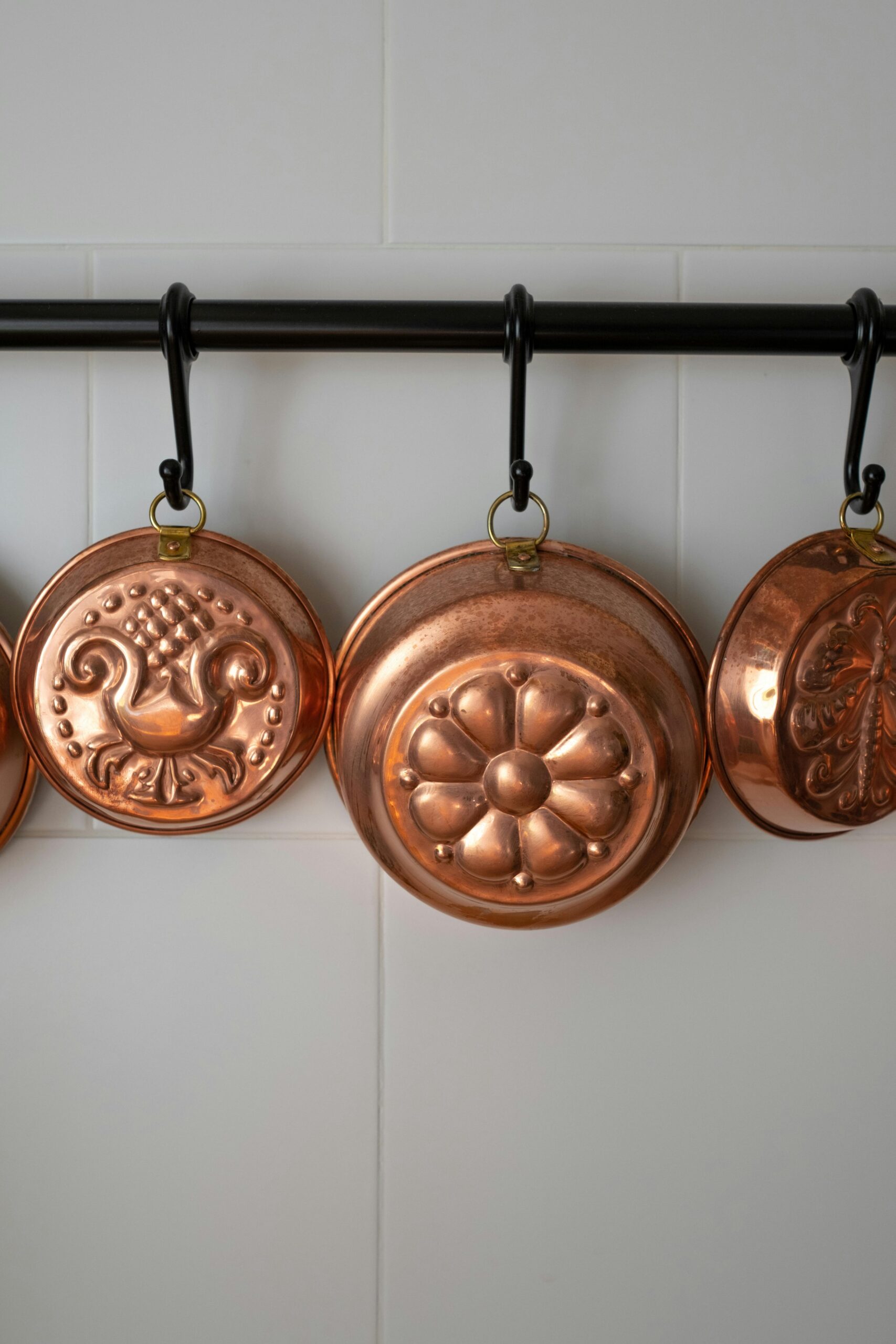Schimmel Wand: Understanding and Managing Mold Growth
What is Schimmel Wand?
Schimmel wand refers to mold growth on walls, commonly encountered in damp or poorly ventilated spaces. Mold is a type of fungus that thrives in moist environments and can significantly affect the health of a home and its inhabitants. When discussing **schimmel wand**, it’s essential to recognize the underlying causes, potential health risks, and effective prevention strategies to ensure a safe living environment. Understanding these aspects can empower homeowners to take proactive measures against mold growth.
Causes of Mold Growth
The development of **schimmel wand** is primarily linked to excessive moisture and inadequate ventilation. Factors such as leaks, high humidity levels, and condensation can create ideal conditions for mold to grow. For example, bathrooms and kitchens often have higher moisture levels due to steam from showers and cooking. Furthermore, if homes lack proper insulation or have structural issues, these can lead to trapped moisture behind walls which encourages mold growth. Identifying these root causes is the first step in addressing **schimmel wand** effectively.

Health Risks Associated with Mold
Mold growth on walls can pose significant health risks, particularly for individuals with allergies, asthma, or compromised immune systems. Exposure to mold can trigger respiratory problems, skin irritation, and various allergic reactions. Prolonged exposure can lead to more severe health issues such as chronic sinus infections and respiratory illnesses. Therefore, addressing **schimmel wand** promptly is crucial to safeguarding health. Regular inspections and immediate remediation efforts are recommended for any signs of mold.
Preventing Mold Growth
To prevent **schimmel wand**, homeowners should implement several effective strategies. First, controlling indoor humidity is vital; using dehumidifiers in damp areas can help keep humidity levels below 60%. Additionally, ensuring proper ventilation, particularly in bathrooms and kitchens, helps to dissipate moisture. Regularly inspecting and repairing any leaks in plumbing or roofs is also essential in preventing water accumulation in walls. By taking these proactive steps, homeowners can mitigate the risk of mold growth and maintain a healthy living environment.
Detecting and Removing Schimmel Wand
Detecting **schimmel wand** early is key to preventing more extensive damage and health issues. Regular inspections can help identify mold growth before it becomes a significant problem. Mold often appears as black, green, or white patches on walls, and may have a musty smell. If a homeowner suspects mold, they should inspect the affected area closely. For removal, it is critical to wear protective gear and use the right cleaning solutions to ensure safe and effective eradication.
DIY Mold Removal Techniques
For small areas of **schimmel wand**, DIY methods can be quite effective. Homeowners can mix one cup of bleach with a gallon of water and apply it to the moldy area using a spray bottle. Let it sit for at least 10 minutes before scrubbing with a brush. However, it is essential to ensure proper ventilation during this process to avoid inhalation of fumes. For larger infestations, it may be advisable to contact a professional mold remediation service.
Professional Mold Remediation
In instances where **schimmel wand** covers extensive areas or has penetrated deeper into walls, it’s advisable to seek professional help. A certified mold remediation service can conduct a thorough inspection, assess the extent of mold damage, and implement safe removal strategies. These experts possess the necessary equipment and expertise to ensure that mold is not just removed but also prevented from returning. While hiring professionals may incur costs, it is an investment in the long-term health and safety of your home.
Long-term Mold Prevention Strategies
Implementing long-term strategies for preventing **schimmel wand** is just as important as immediate remediation efforts. Beyond managing moisture levels and ensuring ventilation, homeowners should consider structural adjustments. For instance, maintaining proper grading around the foundation of the house can prevent water accumulation and reduce the risk of mold growth. Additionally, regular maintenance, such as cleaning gutters and ensuring adequate drainage, can play a crucial role in mold prevention.
Incorporating Air Purifiers
Incorporating air purifiers into your home environment is another effective way to combat the presence of **schimmel wand**. These devices help filter airborne spores and allergens, significantly improving indoor air quality. Opt for air purifiers with HEPA filters, as they are proven to capture smaller particles, including mold spores. Regularly changing filters and maintaining the air purifier will ensure optimal functioning and provide added protection against mold growth.
Educating Household Members
Last but not least, educating all household members about the dangers of mold and signs of **schimmel wand** is crucial. Ensure everyone understands the importance of promptly reporting leaks, water stains, or unusual odors. Awareness and education empower families to take the necessary preventive actions and responses before a small issue escalates into a significant health hazard.
Key Takeaways
- Understanding **schimmel wand** is essential for maintaining a healthy living environment.
- Mold growth is typically caused by excessive moisture, poor ventilation, and structural issues.
- Health risks associated with mold can range from minor respiratory issues to severe allergic reactions.
- Implementing preventive strategies like regulating humidity and using dehumidifiers can mitigate mold growth.
- Regular inspections and prompt remediation are keys to controlling and preventing **schimmel wand**.
FAQ
1. What are the first signs of Schimmel Wand?
Initial signs of **schimmel wand** include visible mold patches on walls, often appearing as black or dark green spots. Homeowners may also notice a musty odor and increased humidity in the affected area. If any of these signs are present, immediate investigation and action are necessary to prevent further growth.
2. Can I paint over mold on the wall?
Painting over mold is not recommended, as it does not eliminate the issue. Instead, it can lead to further problems by trapping moisture and worsening mold growth underneath the paint. It is crucial to clean the mold thoroughly and address any moisture issues before painting.
3. Is it safe to live in a home with mold?
Living in a home with active **schimmel wand** is not advisable, as it can contribute to serious health problems, especially for sensitive individuals. Mold can release spores and allergens into the air, leading to respiratory issues and other health concerns. It is best to address mold problems immediately to ensure safety.
4. How can I keep my home dry to prevent schimmel wand?
To keep your home dry and prevent **schimmel wand**, ensure proper ventilation in moisture-prone areas like bathrooms and kitchens. Using dehumidifiers, sealing leaks, and maintaining indoor humidity levels below 60% can significantly help in preventing mold growth. Regularly check for signs of water damage and address them promptly.
5. When should I consider hiring a professional for mold remediation?
Consider hiring a professional for mold remediation if the affected area exceeds ten square feet, if mold has penetrated your walls significantly, or if you experience health problems related to mold exposure. Professionals have the expertise and tools to properly remove the mold and prevent its return.
